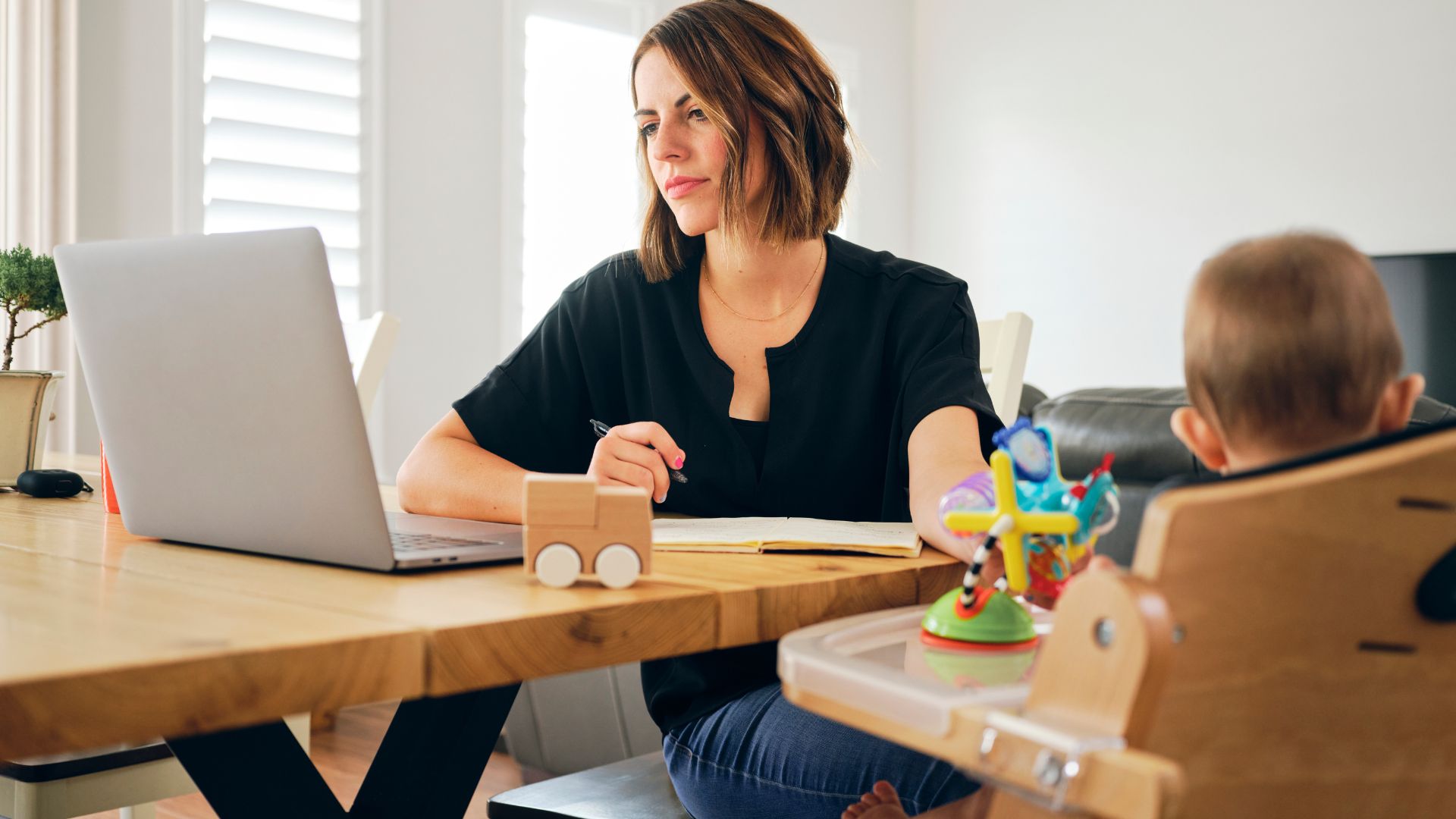What Does A Healthy, Balanced Life Actually Look Like (and How to Achieve It!)

We all aspire to live a healthy, balanced life, but what does that actually look like? In a world full of work commitments, family obligations, and societal pressures, achieving balance can seem elusive. However, living a balanced life doesn’t mean having everything in perfect harmony all the time—it means having a flexible, adaptable approach to wellness that allows you to thrive mentally, physically, and emotionally.
In this article, we’ll break down what a healthy, balanced life looks like, and give you practical tips to make it a reality.
Key Components of a Healthy, Balanced Life
1. Physical Health
Physical health is a cornerstone of a balanced life. It includes regular exercise, proper nutrition, sufficient sleep, and preventive care like medical checkups. The goal is not to be perfect but to maintain habits that support your body’s long-term health and vitality.
- Exercise
Aim for at least 150 minutes of moderate exercise per week. This can include walking, swimming, cycling, or any activity that gets your heart rate up. Incorporate strength training and flexibility exercises to keep your body strong and mobile. - Nutrition
A healthy, balanced diet focuses on whole foods—fruits, vegetables, lean proteins, whole grains, and healthy fats. Moderation is key, and there’s no need to deprive yourself of occasional treats. Strive for variety and portion control. - Sleep
Restorative sleep is essential for physical and mental health. Adults should aim for 7-9 hours of quality sleep each night to allow the body to recover and recharge. - Preventive Care
Regular checkups, dental visits, and health screenings help you stay proactive about your health. They can detect potential issues early before they become major problems.
2. Mental and Emotional Well-Being
Mental and emotional health are just as important as physical health when it comes to living a balanced life. This involves managing stress, nurturing positive relationships, and practising self-care to maintain mental clarity and emotional resilience.
- Stress Management
Chronic stress can take a toll on both mental and physical health. Practice stress-reduction techniques like mindfulness, deep breathing, journaling, or engaging in hobbies that help you unwind. - Emotional Regulation
A healthy, balanced life includes the ability to process and manage emotions effectively. This doesn’t mean avoiding difficult emotions but learning how to cope with them through self-awareness, emotional expression, and seeking support when needed.
- Connection and Relationships
Nurturing meaningful relationships with friends, family, and your community contributes to emotional well-being. Positive social connections are linked to lower stress, improved mood, and even longer lifespans. - Self Care
Prioritise activities that restore your mental and emotional energy, whether it’s taking a break from work, reading, engaging in creative activities, or spending time in nature. Self-care helps you recharge and maintain a positive mindset. - Create a Dopamine Menu
A ‘dopamine menu’ is a new term to describe a fun list you keep of things you like to do that boost those feel-good hormones. It could include things like dancing around your bedroom to your favourite music, taking a quick walk, or working on your favourite hobby. Then, whenever stress takes its toll, you can whip out your dopamine menu to remind you of all the things that help you to remedy bad feelings.
3. Work-Life Balance
A balanced life doesn’t mean dividing your time equally between work and personal life every day. Instead, it’s about managing your responsibilities in a way that allows time for relaxation, hobbies, and personal growth without feeling constantly overwhelmed by work.
- Set Boundaries
Establish clear boundaries between work and personal time. Turn off work emails after a certain hour, or designate time during the week for personal activities or family. Having defined boundaries prevents burnout and allows you to be more present in each area of your life. - Time Management
Prioritise your tasks to avoid overcommitting. Learn to say “no” when your schedule is too full, and delegate tasks when possible. Time management allows you to be more productive without sacrificing downtime. - Pursue Passions and Hobbies
A healthy work-life balance includes time for hobbies and activities that bring you joy. Whether it’s painting, cooking, gardening, or travelling, these activities provide mental and emotional fulfilment outside of your professional obligations.
4. Personal Growth and Purpose
Personal growth and a sense of purpose are important for maintaining a fulfilling, balanced life. These elements give you direction and a deeper sense of satisfaction in your day-to-day life.
- Lifelong Learning
Continuously engage your mind by learning new skills, whether it’s for personal development, a hobby, or your career. Keeping your mind active improves cognitive function and gives you a sense of accomplishment. - Set Goals
Define both short- and long-term goals that inspire you and contribute to your overall well-being. Whether it’s learning a new language, advancing in your career, or developing better relationships, having goals gives your life meaning and purpose. - Volunteer or Contribute
Giving back to your community or helping others is a powerful way to create a sense of purpose. Volunteering or participating in charitable activities fosters connection and reminds you of the positive impact you can have on others.
How to Achieve a Healthy, Balanced Life
1. Evaluate Your Current Life Balance
Start by assessing where you are right now. Identify which areas of your life feel balanced and where you’re struggling. Are you working too much and neglecting your personal life? Or are your finances causing stress? Take time to reflect on how you can bring more balance into your life.
2. Set Realistic, Achievable Goals
Once you’ve evaluated your current situation, set small, realistic goals to improve balance in areas that need attention. For example, if you’re not exercising enough, aim to include short, 20-minute workouts in your week. Small, consistent changes are more sustainable than drastic lifestyle overhauls.
3. Practice Mindfulness and Flexibility
A balanced life requires the ability to adapt and be flexible when life throws you curveballs. Practice mindfulness to stay grounded in the present moment and let go of rigid expectations. Life will naturally ebb and flow, and part of maintaining balance is being able to adjust and realign your priorities as needed.
4. Make Time for Rest and Play
Rest is essential for maintaining energy and mental clarity. Whether it’s taking a full day off, going on a vacation, or simply allowing yourself an afternoon nap, giving yourself permission to rest is key to avoiding burnout. Play and relaxation are equally important for emotional well-being.
5. Seek Support
If you’re feeling overwhelmed or unsure where to start, don’t hesitate to seek help. This can be a friend or family member who offers guidance, a mentor who provides career advice, or a mental health professional who helps you work through stress or anxiety. Support systems are essential for maintaining balance in difficult times.
Final Thoughts
A healthy, balanced life looks different for everyone, but at its core, it’s about finding harmony between the different aspects of your life—physical health, mental well-being, work-life balance, financial stability, and personal growth. It’s about creating a life where you feel fulfilled, not overloaded, and where you can thrive in all areas without sacrificing your happiness. By making small, mindful adjustments, you can achieve a balanced lifestyle that supports both your long-term well-being and your daily joy.










